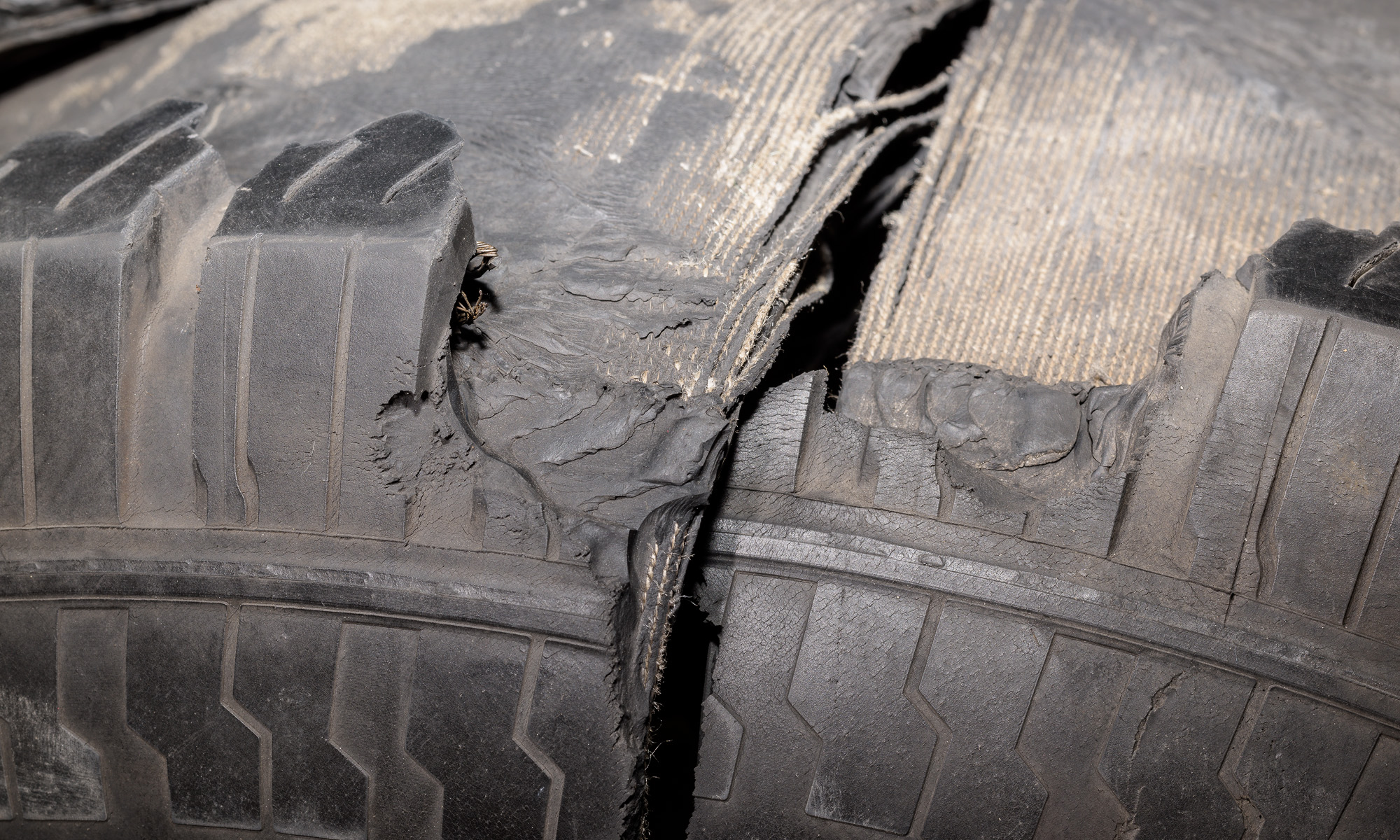When inspecting a truck and downloading its HVEDR, it is important to document the actual tire parameters. This includes not only confirming tires sizes, but their load ranges. You must confirm that the tire sizes and load ranges match those on the safety certification label on the door jamb and in the values programmed into the HVEDR.
In its 2023 Truck Tire Data Book, Michelin summarizes the effects of different revs/mile in this Rule of Thumb: “When going from a lower Tire Revs./Mile [sic] to a higher Tire Revs./Mile, the actual vehicle speed is less than the speedometer reading. When going from a higher Tire Revs./Mile to a lower Tire Revs./Mile, the actual vehicle speed is greater than the speedometer reading.”
The revs/mile differences between load ranges in a given tire size might not be large, but they do exist—even in the same line of tires. For example, Michelin lists two 11R22.5 X Multi D tires: one load range G and the other load range H. For the load range G tire, Michelin lists the revs/mile as 496 while it lists 494 revs/mile for the load range H tire. Likewise, for the 11R22.5 Michelin X Line Energy Z tire line, the load range G revs/mile was 502 and the load range H was 503.
So just between two Michelin tire lines, there is a range of revs/mile from 494 to 503 for 11R22.5 tires. Not only that, but for one tire line, revs/mile were higher for the LRH tire than the LRG, while for the other tire line, the opposite was true.
At first it may seem that all tires of the same size would have the same revs/mile. But variations in tire construction, tread design, and tread depth can result in small variations in the actual revs/mile of a specific tire of the same size.
Tire companies determine the revs/mile from the test procedures set out in SAE Recommended Practice J1025. J1025 specifies speed (45 mph), load, inflation pressure, ambient temperature, configuration, break-in, warm up, surfaces, measurement devices, and test distances required for each test.
The four revs/mile values of the four 11R22.5 Michelin tires above weren’t far apart, but it is best to check and confirm. And even though a small difference in revs/mile may not end up being significant in your analysis, you want to confirm that the truck tires sizes and load ranges matched what was used when programming the HVEDR.
Many trucks have a variety of tire brands, sizes, load ranges, or a mixture of original and retreaded tires. In some cases, the truck may be gone or repaired, and all you have to work with is the HVEDR report itself. When you have tire variations or unknown tires, you might consider researching the ranges of any relevant tire property, like revs/mile, then running a sensitivity analysis to quantify the effect that range of values might have on any subsequent analysis involving data from the report.
Takeaways:
-1- During a truck inspection, don’t just document the tire manufacturer(s) and tire size(s), but be sure to include the tire load range(s). Compare their properties with the programmed values in the HVEDR report.
-2- If there are variations in the truck’s tires, check the various tire properties against the HVEDR programmed values.
-3- Using those tire property variations, it might be useful to perform a sensitivity analysis to quantify the effect of a range of revs/mile or other variable.
-4- To learn how to apply HVEDR data, I highly recommend SAE International class C1901 Advanced Applications of Heavy Vehicle EDR Data taught by Wes Grimes, Greg Wilcoxson, Dave Plant, and Brad Higgins: https://www.sae.org/learn/content/c1901/
